Gen. Pierre Schill Says Drone Countermeasures Are Being Developed
French Army Chief of Staff Gen. Pierre Schill inspecting a Rapid Eagle anti-drone system at the Eurosatory defense show in Paris on June 19, 2024
The current advantage enjoyed by small aerial drones on battlefields, including in Ukraine, is merely “a moment in history,” according to French Army Chief of Staff Gen. Pierre Schill. Speaking at the Eurosatory defense show in Paris, Schill acknowledged that while anti-drone systems are currently lagging, countermeasures are being developed.
“The life of impunity of small, very simple drones over the battlefield is a snapshot in time,” Schill said. “Right now it’s being exploited, that’s clear, and we have to protect ourselves. Today, the sword, in the sense of the aerial drone, is powerful, more powerful than the shield. The shield is going to grow.”
Schill cited the example of the Bayraktar drone, which was “the king of the war” at the start of the conflict in Ukraine but is no longer being used because it’s too easy to scramble. He noted that already, 75% of drones on the battlefield in Ukraine are lost to electronic warfare.
French Army’s Scorpion Program Integrates Anti-Drone Capabilities
The French Army’s Scorpion collaborative combat program is set to equip all its vehicles with anti-drone systems within two years, linking their detection capability with turrets that can fire missiles or 40mm airburst grenades. The program includes the introduction of new vehicles such as the Griffon, Serval, and Jaguar, which can be equipped with active or passive protection.
Schill emphasized that the French Army aims to remain versatile, capable of handling both high-intensity conflicts and crisis management situations. He stated that the pace of military drone development means the Army can’t commit to large buying programs, as acquired capabilities can become obsolete within months.
Future French-German Main Ground Combat System
Commenting on the future French-German Main Ground Combat System, Schill said the system will consist of several vehicles, some manned and others automated, combining anti-drone weapons, close-defense anti-aircraft capabilities, missiles, and a cannon. Development is expected to take 10-15 years due to the current maturity level of land-based robotics.
Regarding the French Leclerc tank, Schill said it likely won’t receive a second upgrade beyond the current XLR version being rolled out. He expects the Leclerc to remain in service with the French Army until 2045, with the introduction of the Main Ground Combat System not immediately signaling its end.
DroneXL’s Take
The observations made by Gen. Pierre Schill at Eurosatory 2024 underscore the rapidly evolving landscape of drone warfare. While small drones have undeniably played a major role in recent conflicts, the development of sophisticated countermeasures is set to challenge their dominance on the battlefield.
The vulnerabilities of the Bayraktar TB2 drone, the once-celebrated UAV has seen its effectiveness diminish in the face of improved air defenses and electronic warfare capabilities. This trend is likely to continue as nations invest heavily in anti-drone technologies, as evidenced by the numerous systems showcased at Eurosatory.
The French Army’s approach to integrating anti-drone capabilities into its Scorpion program vehicles and its emphasis on versatility demonstrates a forward-thinking strategy in preparing for the challenges of modern warfare. As the battlefield continues to evolve, adaptability and the ability to counter emerging threats will be key to maintaining military superiority.
Discover more from DroneXL
Subscribe to get the latest posts to your email.
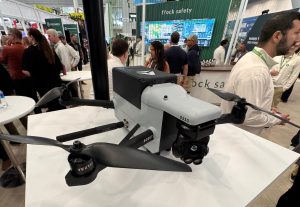

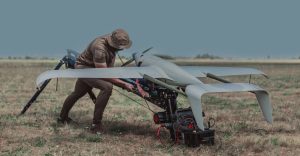
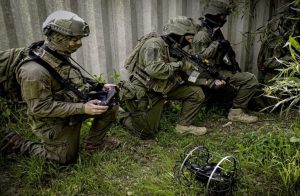

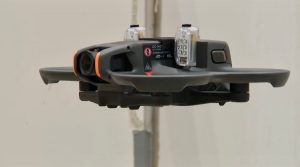
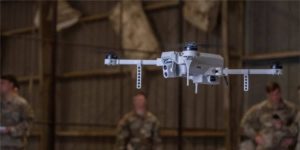
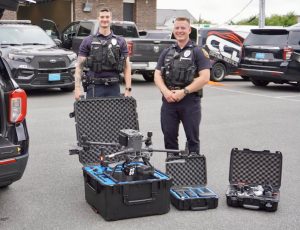

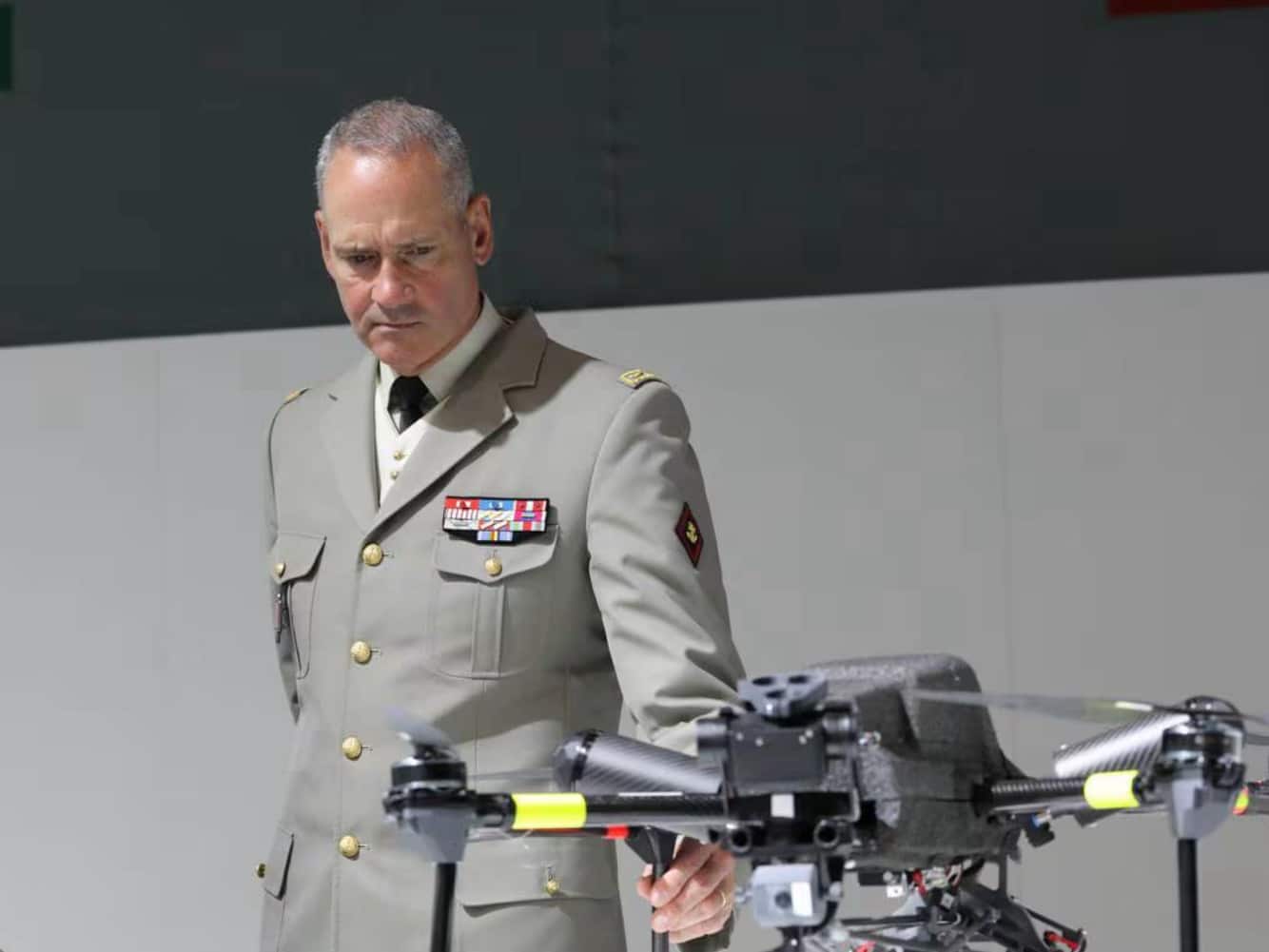
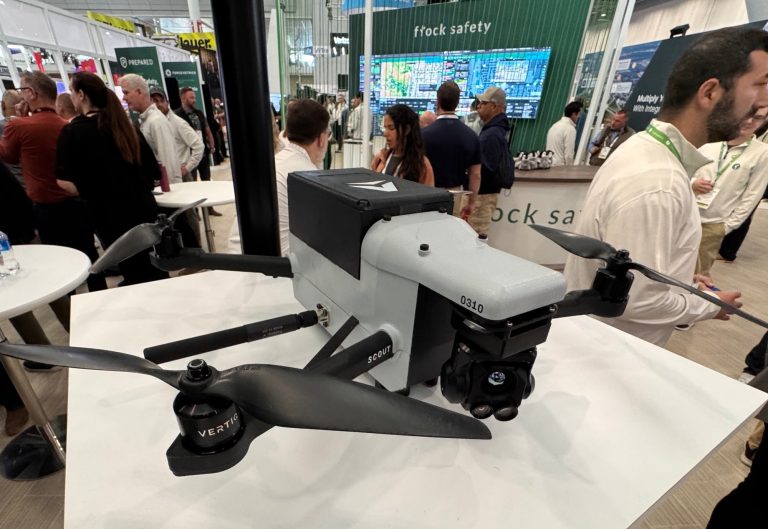

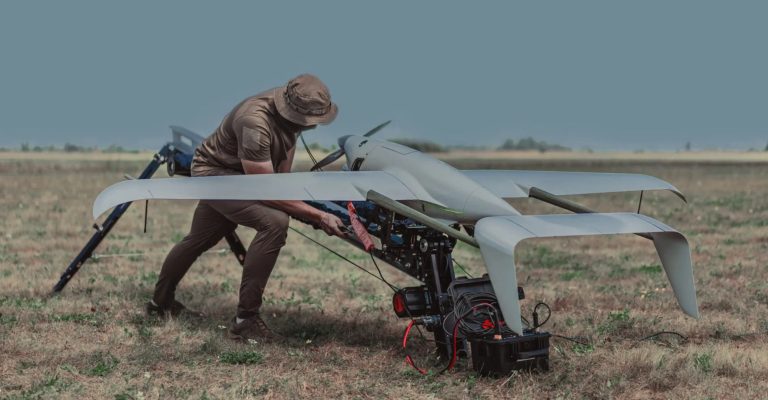
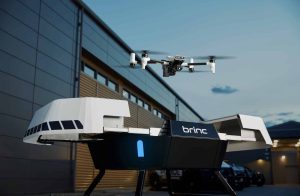

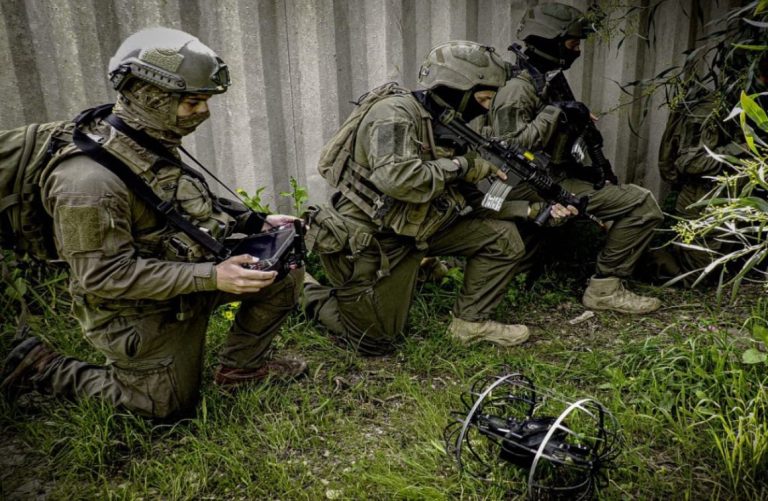

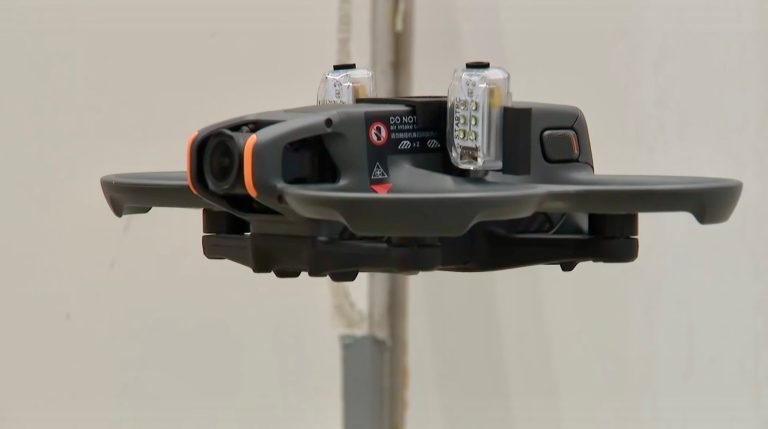
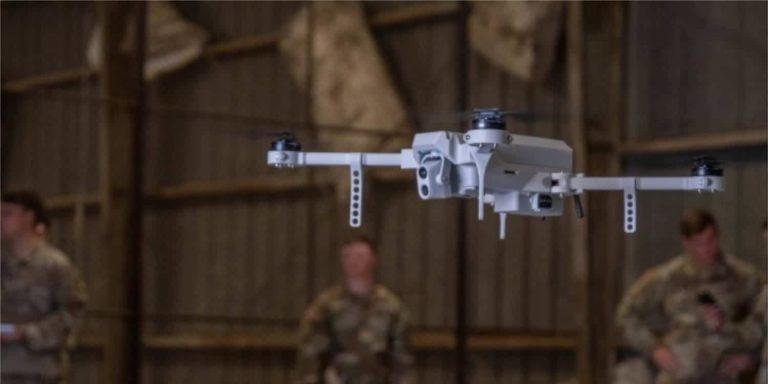
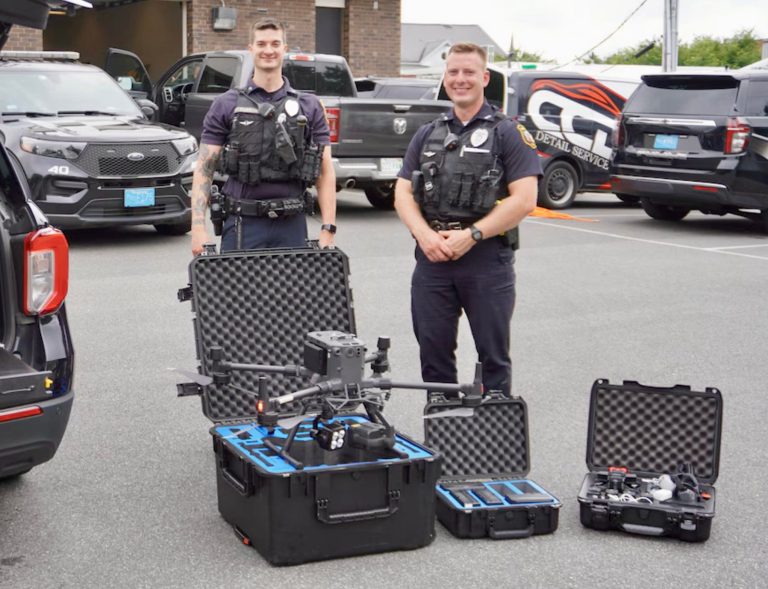
+ There are no comments
Add yours